ELC: Carrick (2020)
The Carrick Environmental Learning Center (ELC) project, located in Phillips Park is a synthesis of spatial and architectural knowledge completed during the third year of undergraduate architecture school. The program strongly mimics that of the Existing Frick Environmental Center (FEC). A building, located in Pittsburgh's Frick Park, at a net-zero energy usage, and elegantly tuned to both the landscape and visitors. Much like the FEC, the Carrick ELC derives its form from the drastic slope that it resides within.
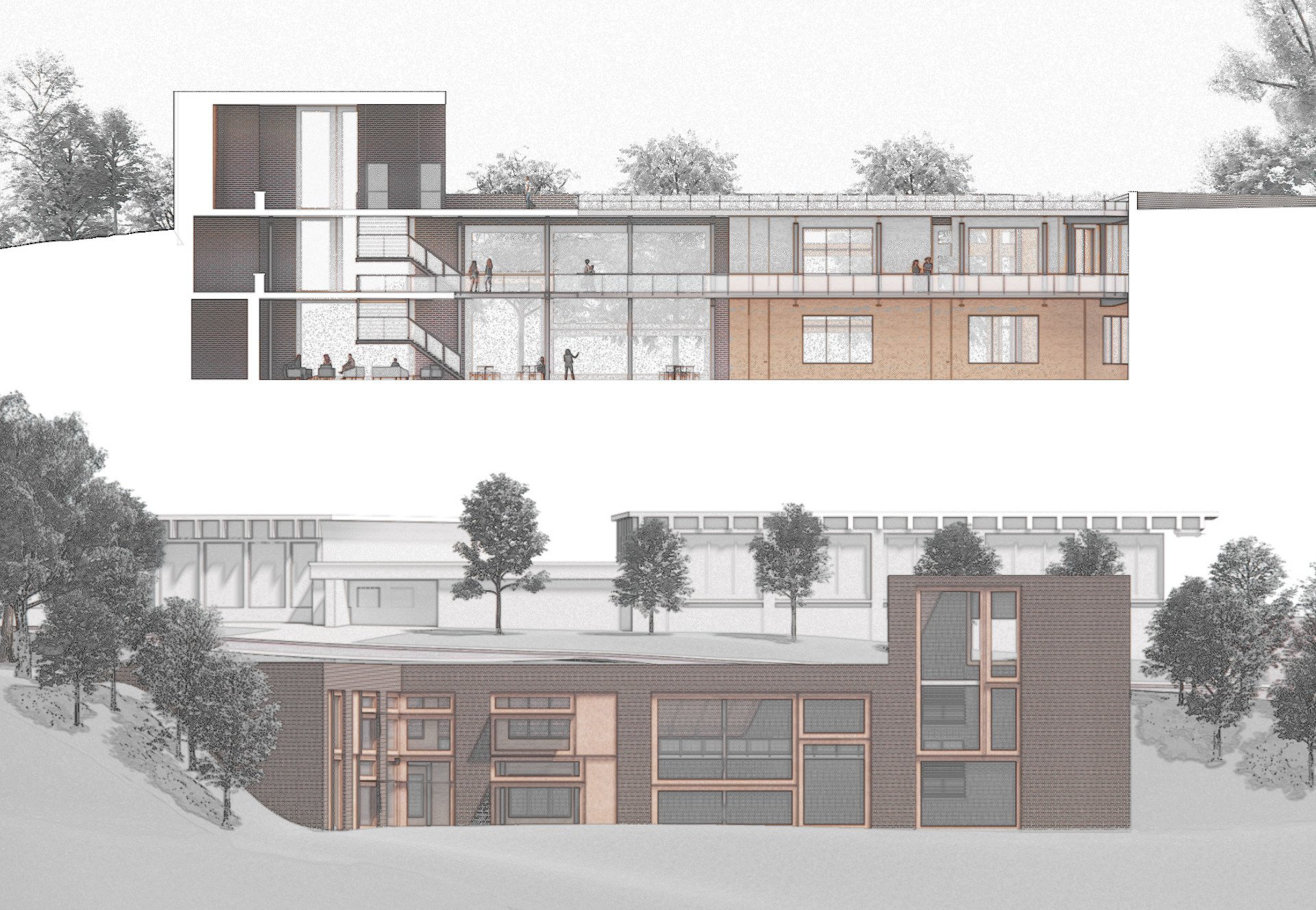
The front-facing elevation frames views of one of Pittsburgh's numerous creek valleys. Its vistas cause one to think beyond themselves, towards the larger systems of human and nature they find themselves within. The back-facing elevation of this building is minimal. Aside from a scaled entryway, the building meets the street at ground level, the roof of which becomes a wildflower garden, home to native plants, butterflies, and insects, something the adjacent High School could take advantage of.

In order to facilitate this change in elevation and create a central design theme for the building, a brick-clad retaining wall was conceptualized. The circulation of the building parallels this wall, emphasized by a small double height space and daylight pouring in through a long skylight. This combination of design decisions allows for intimate, meditative spatial boundaries between the exterior of the building and the learning spaces within.
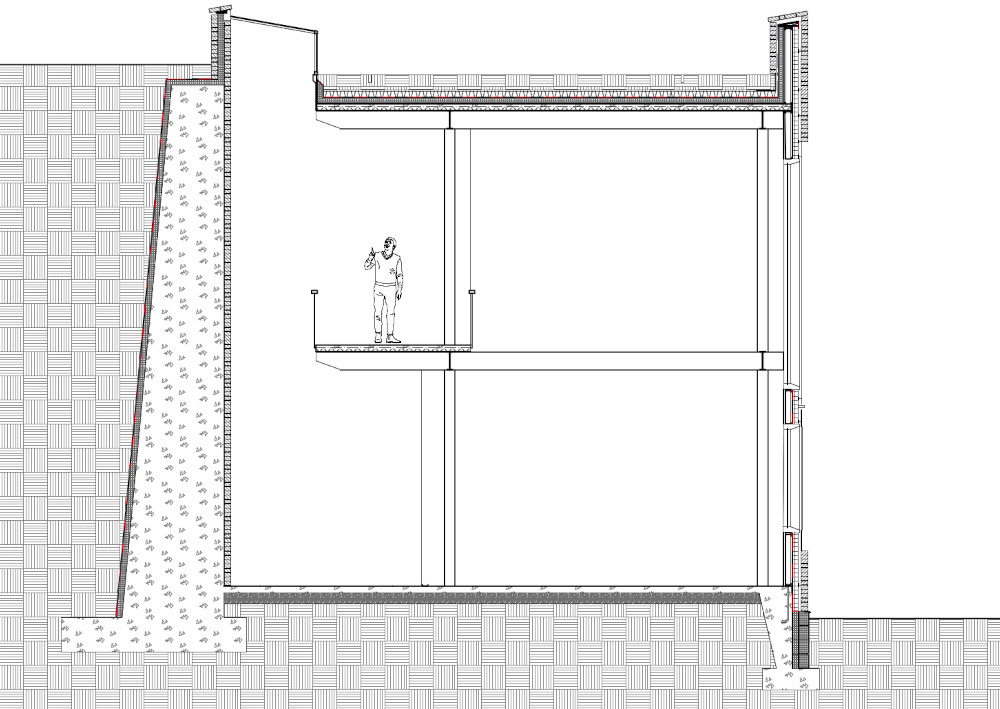 |  |
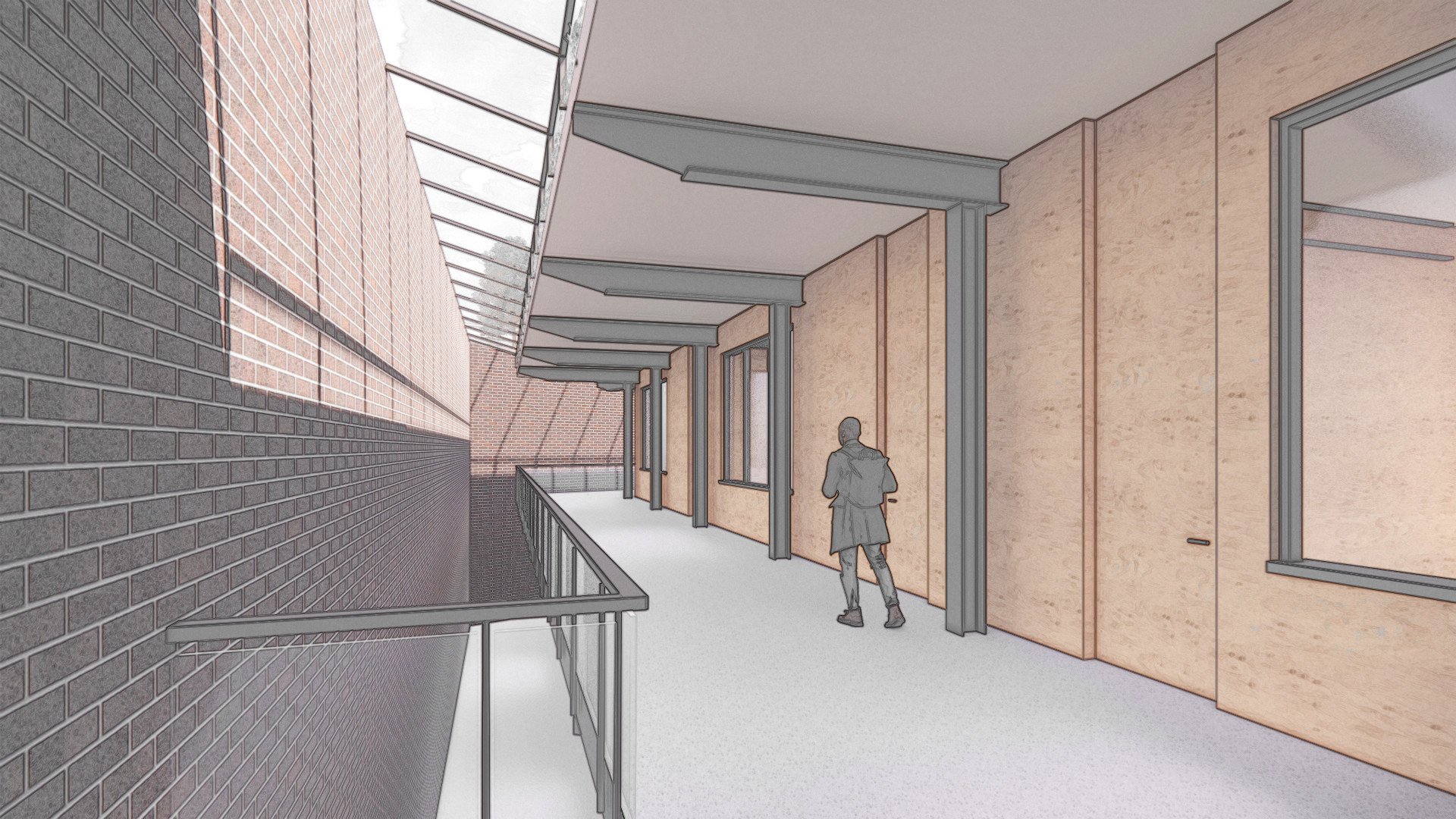
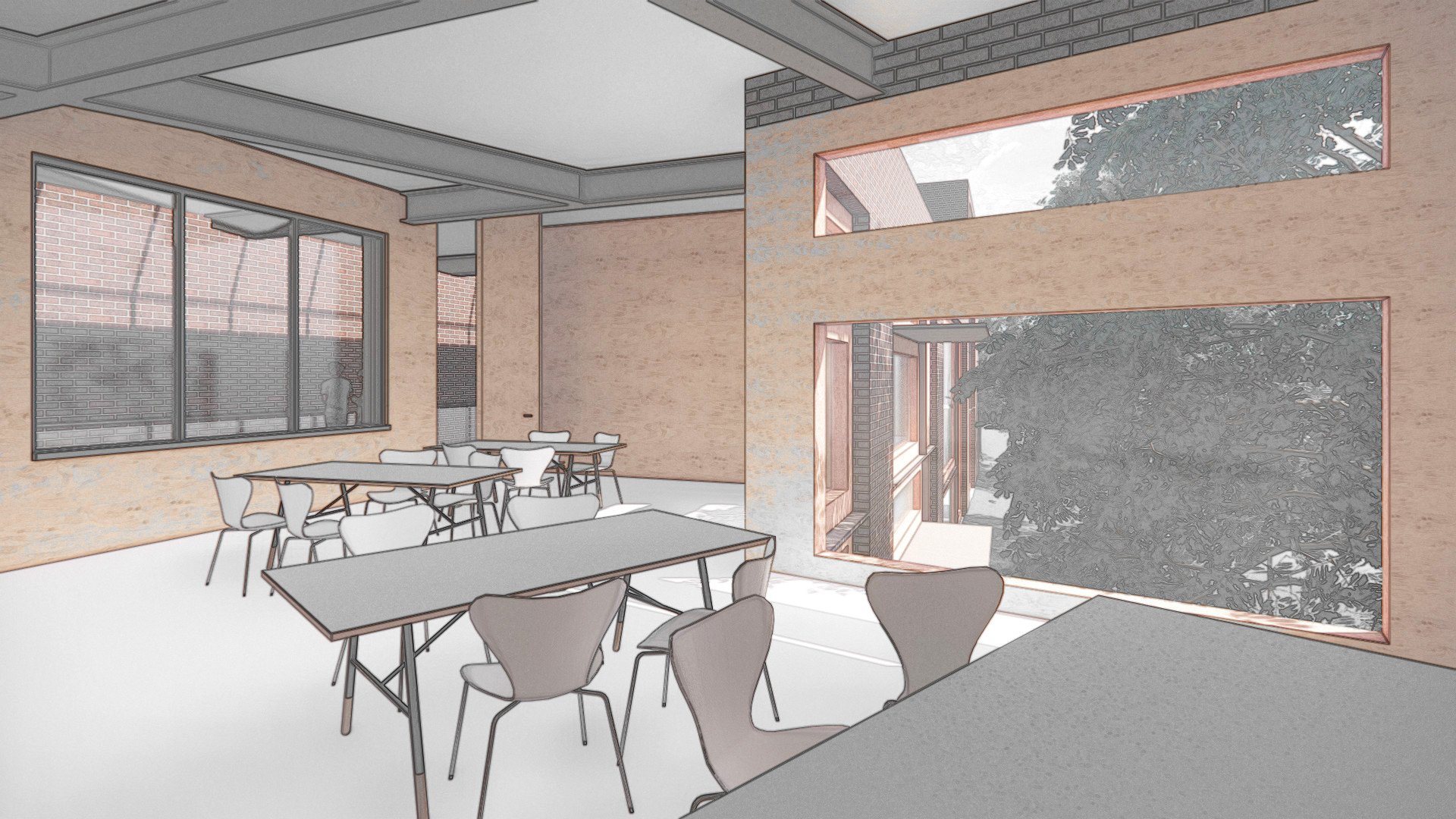
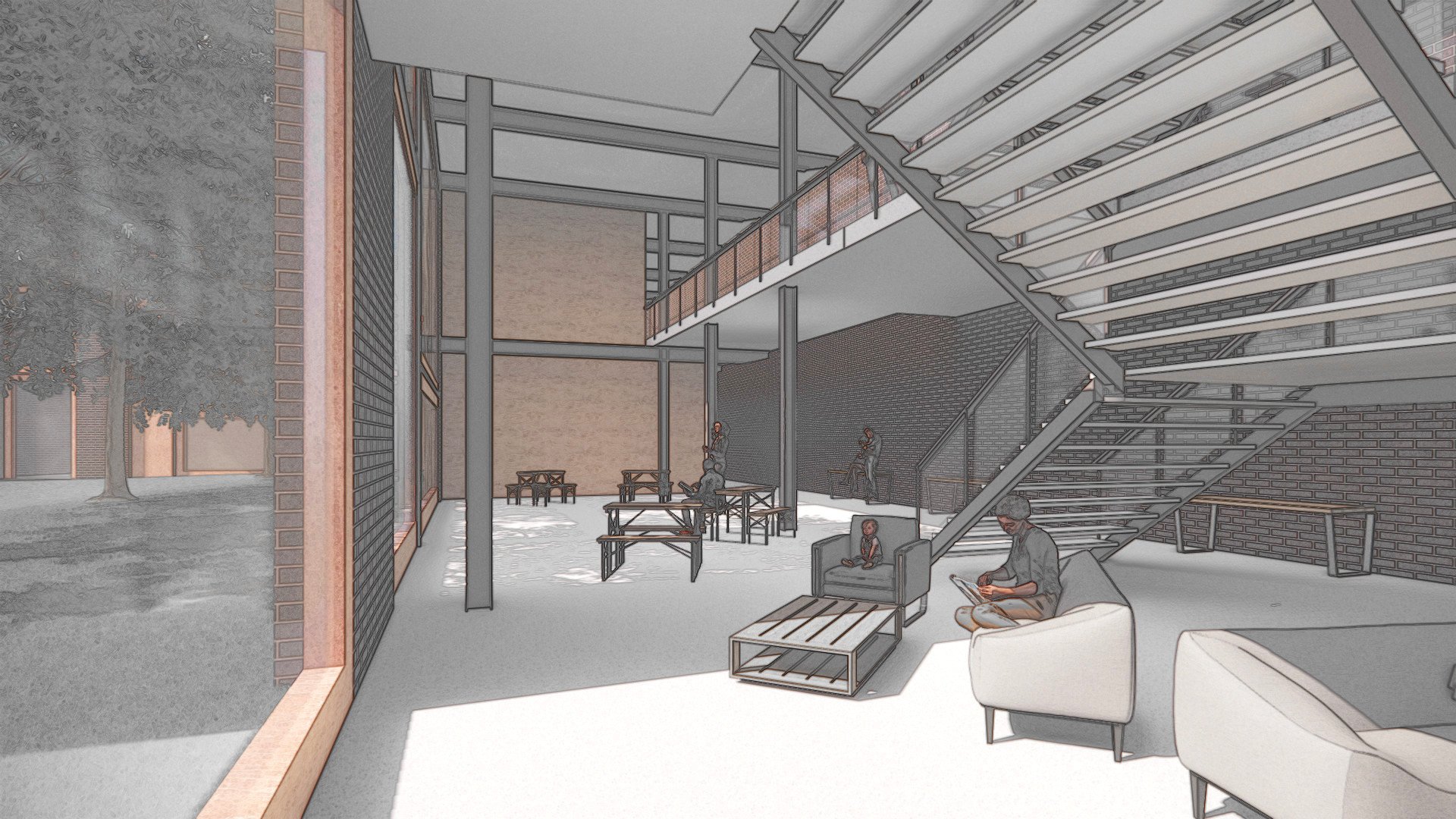
Phillips Park's dense summer tree canopies throw dappled light throughout the warmer months of the year and allow for a lessened heating load. In the winter, the canopy opens up, allowing for natural heating from the sun's radiation.
 |  |  |
 |  |  |
This project was individual, but the site's survey and observation was completed in a team. This project's design process drew heavily from the FEC, a precedent I find remarkably inspiring. Conceptual sketches were my driving method of thinking during this process (some samples below), elevating my respect towards analog tools of design. This project was completed during remote schooling.
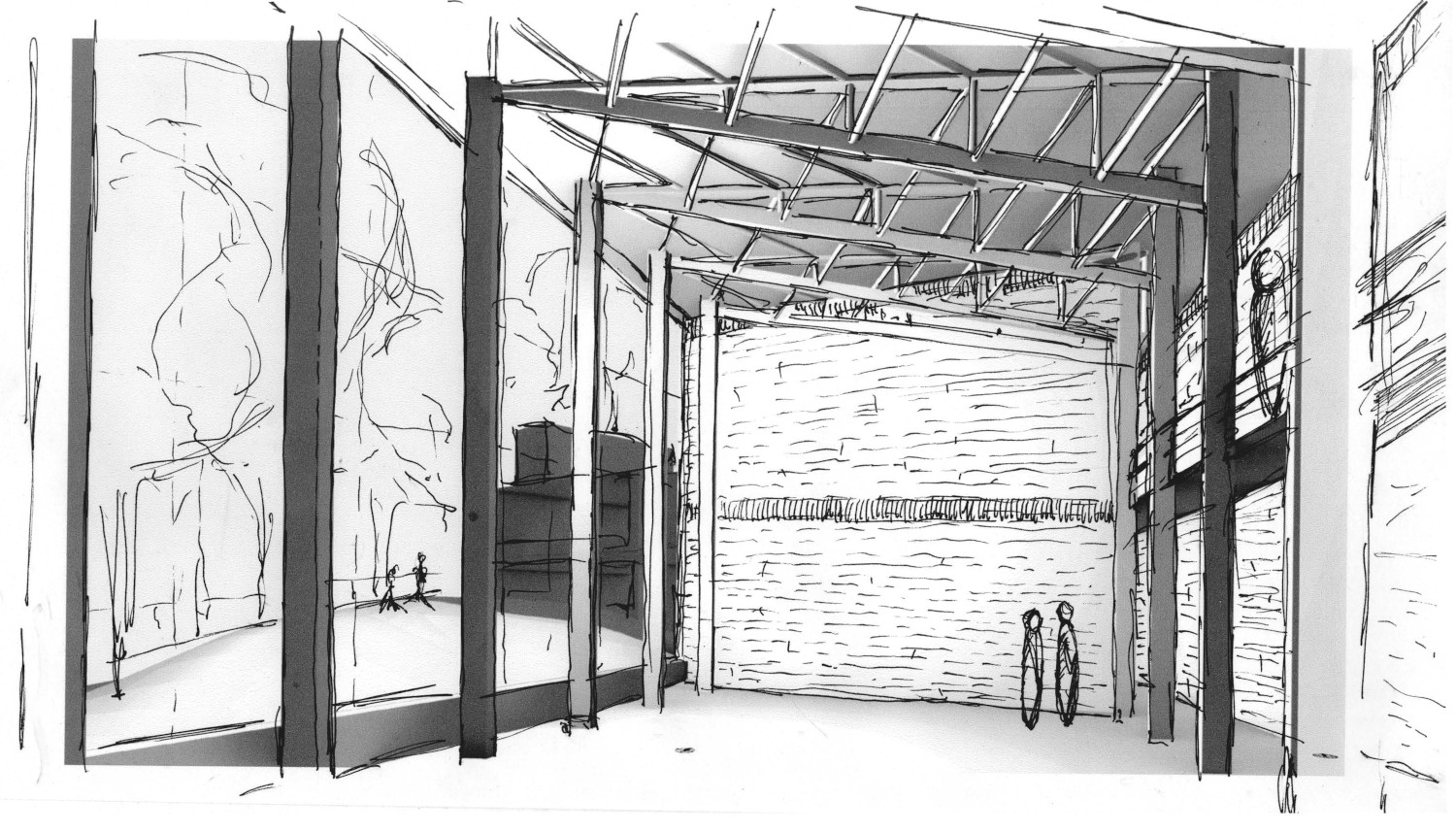 | 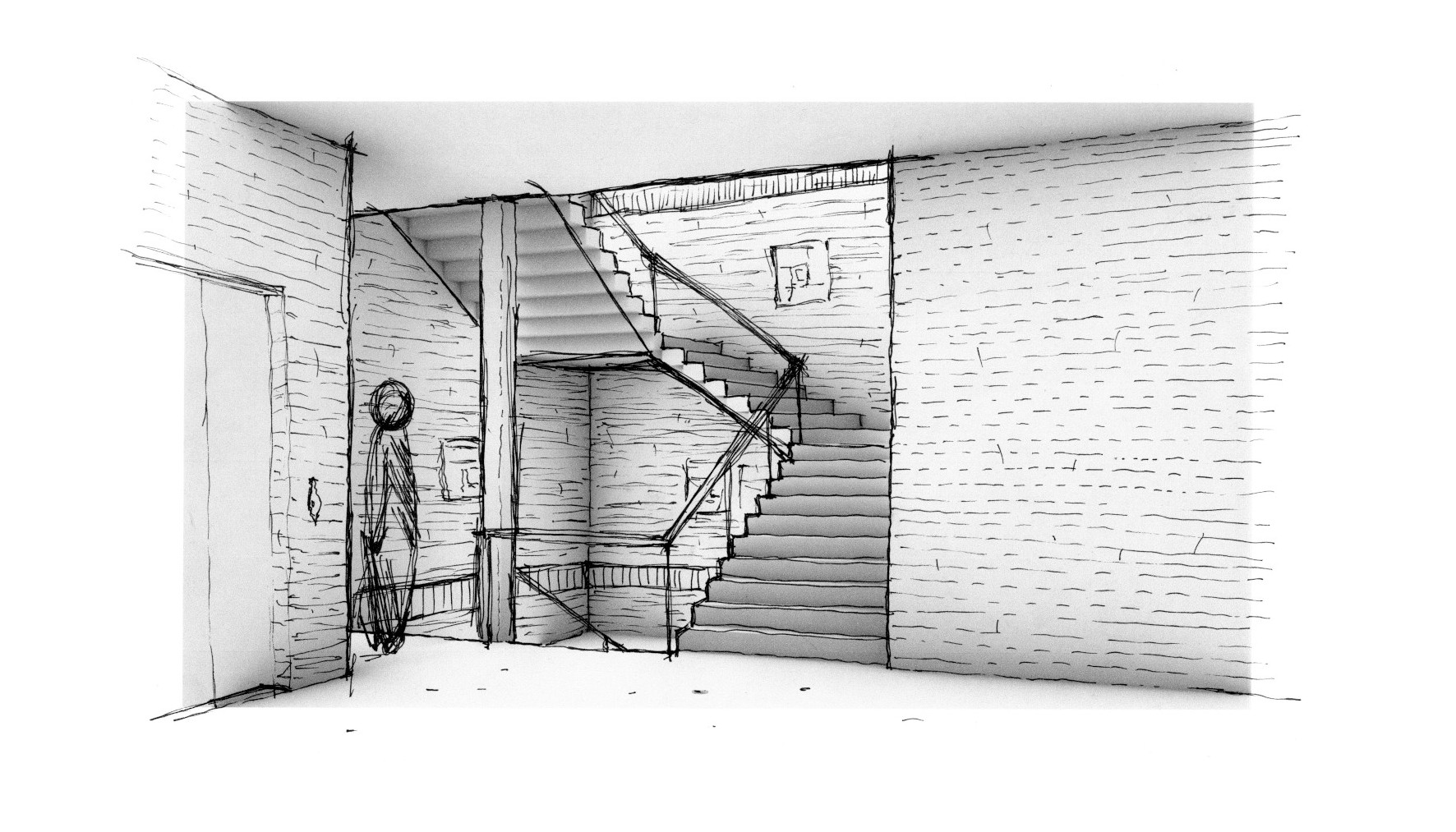 | 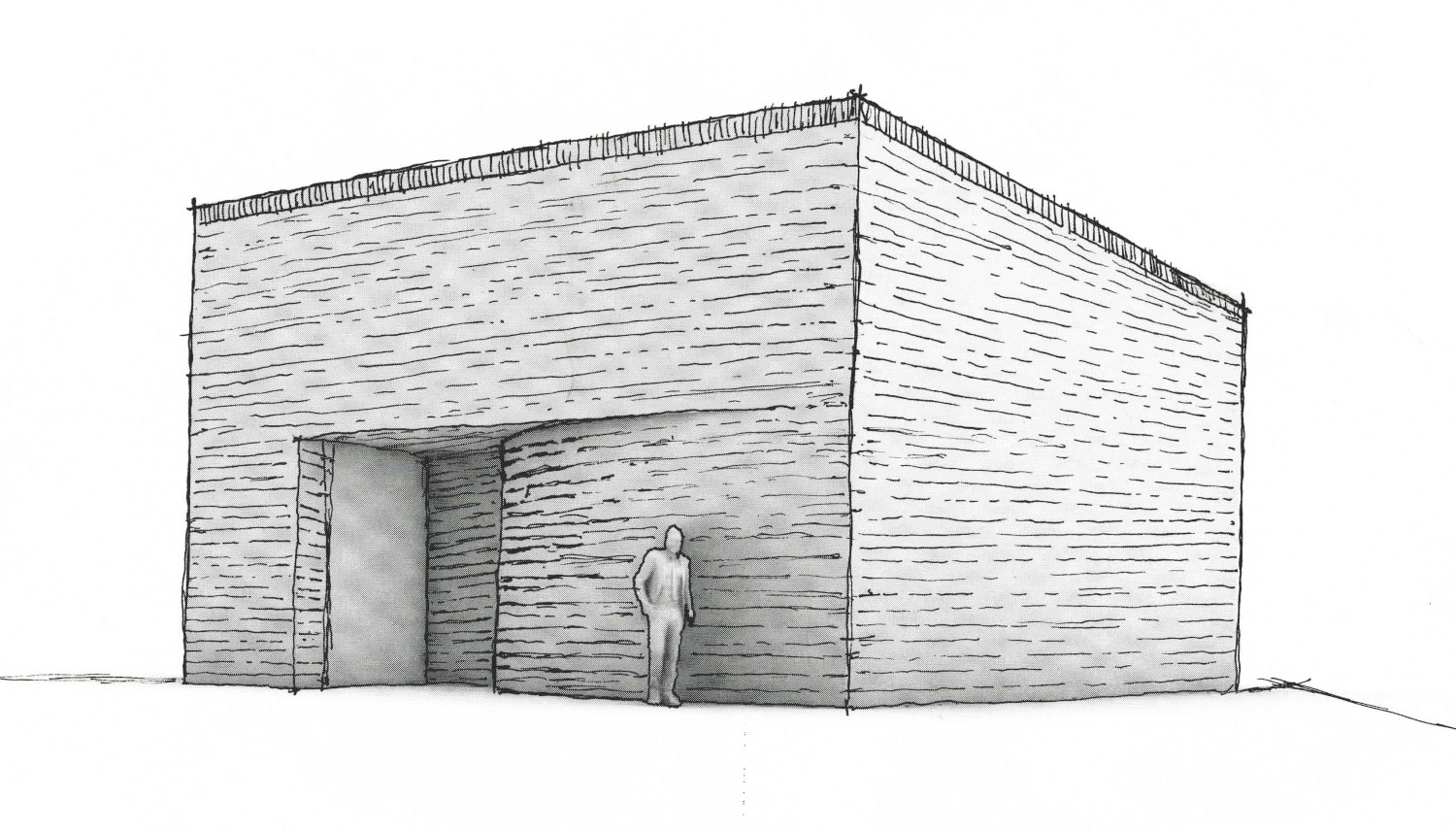 |
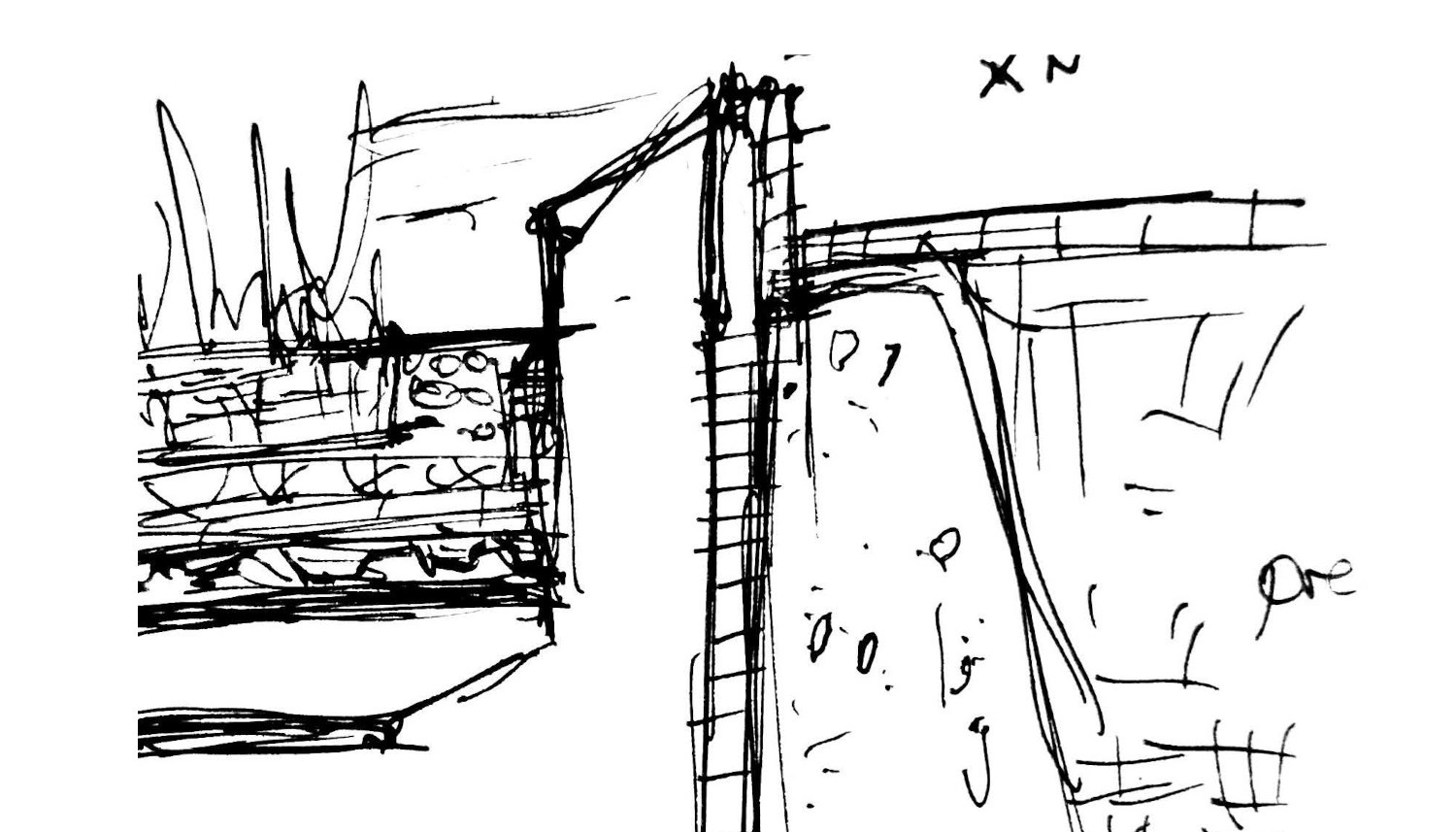 | 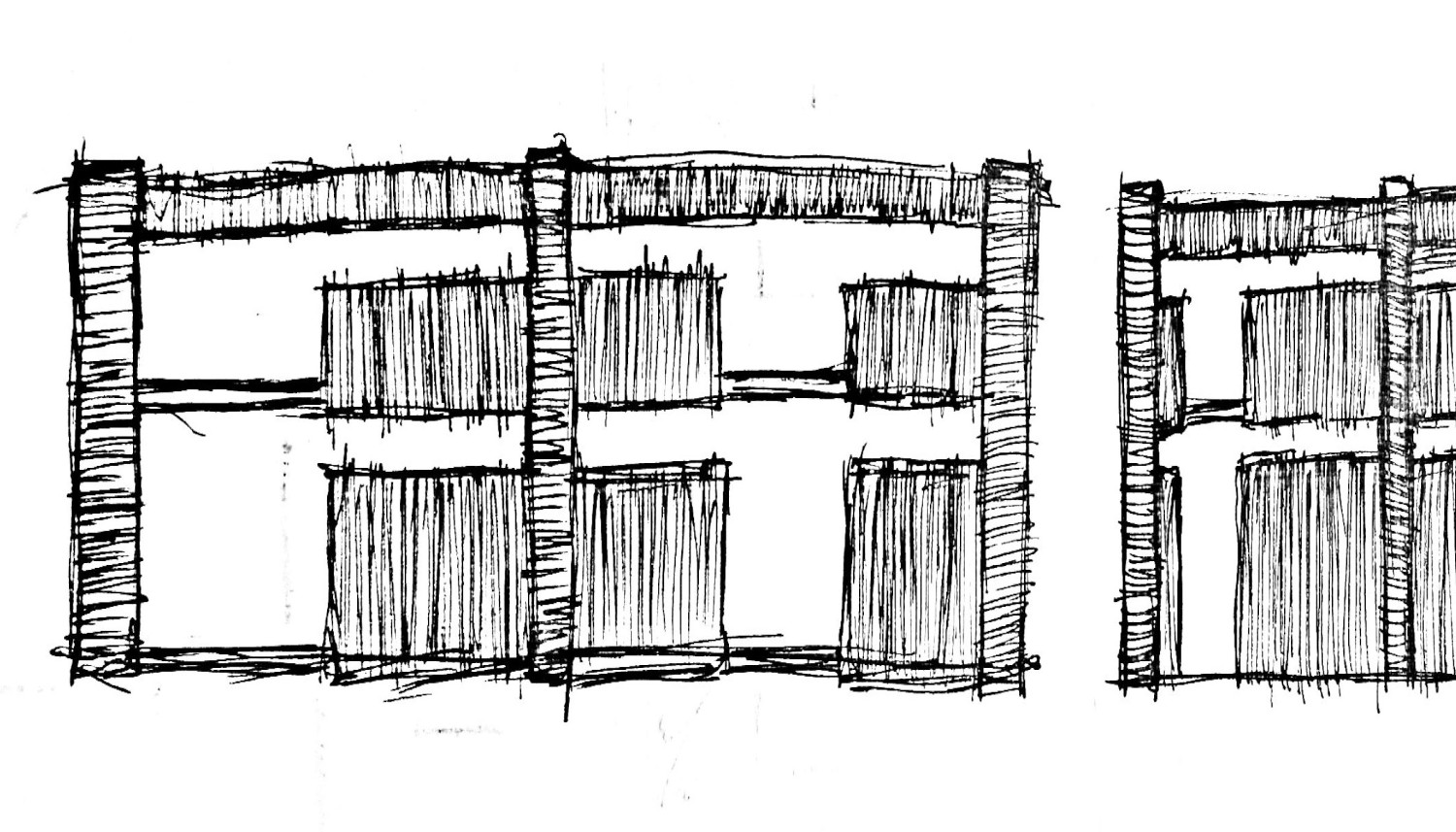 | 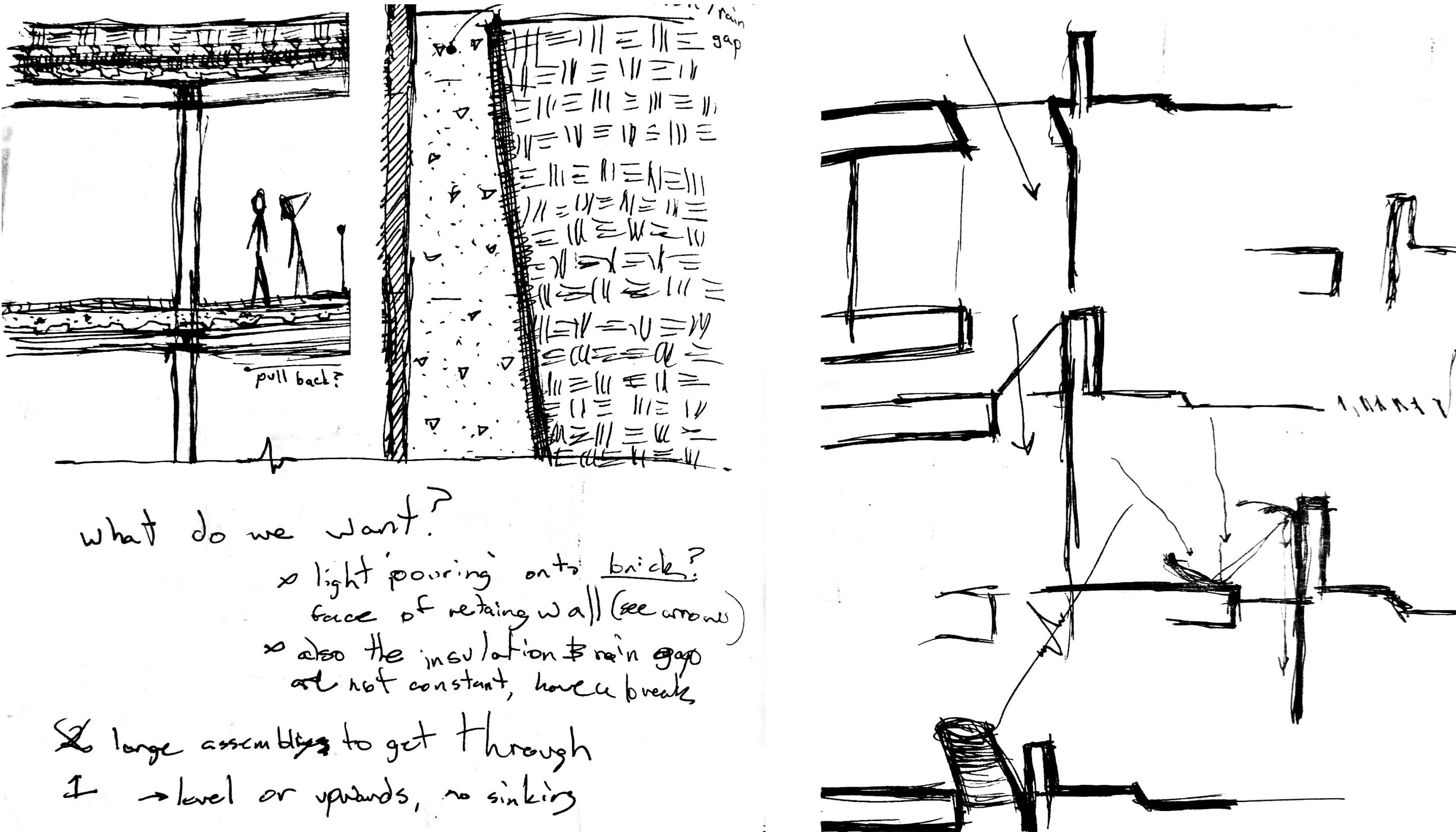 |
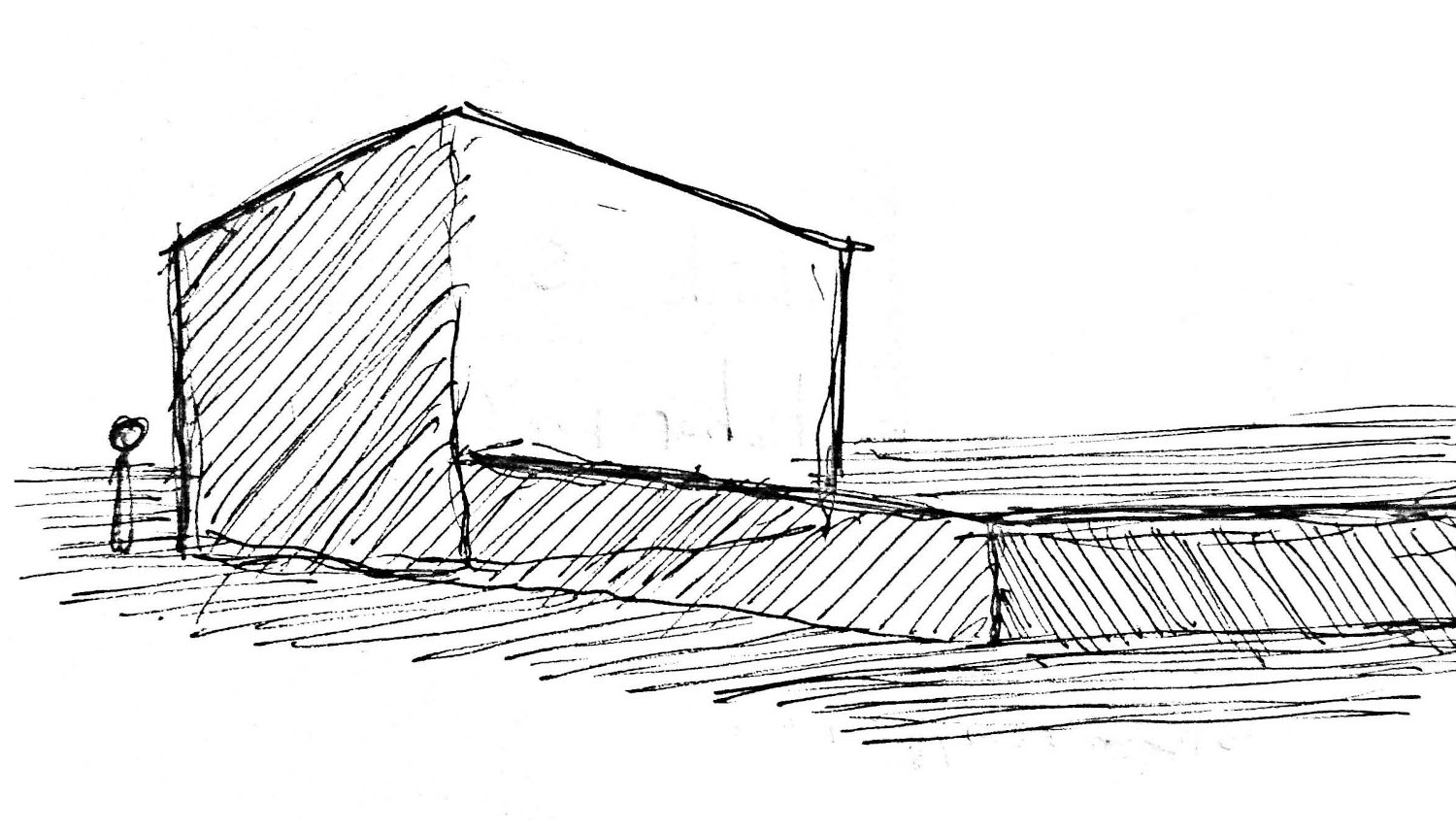 | 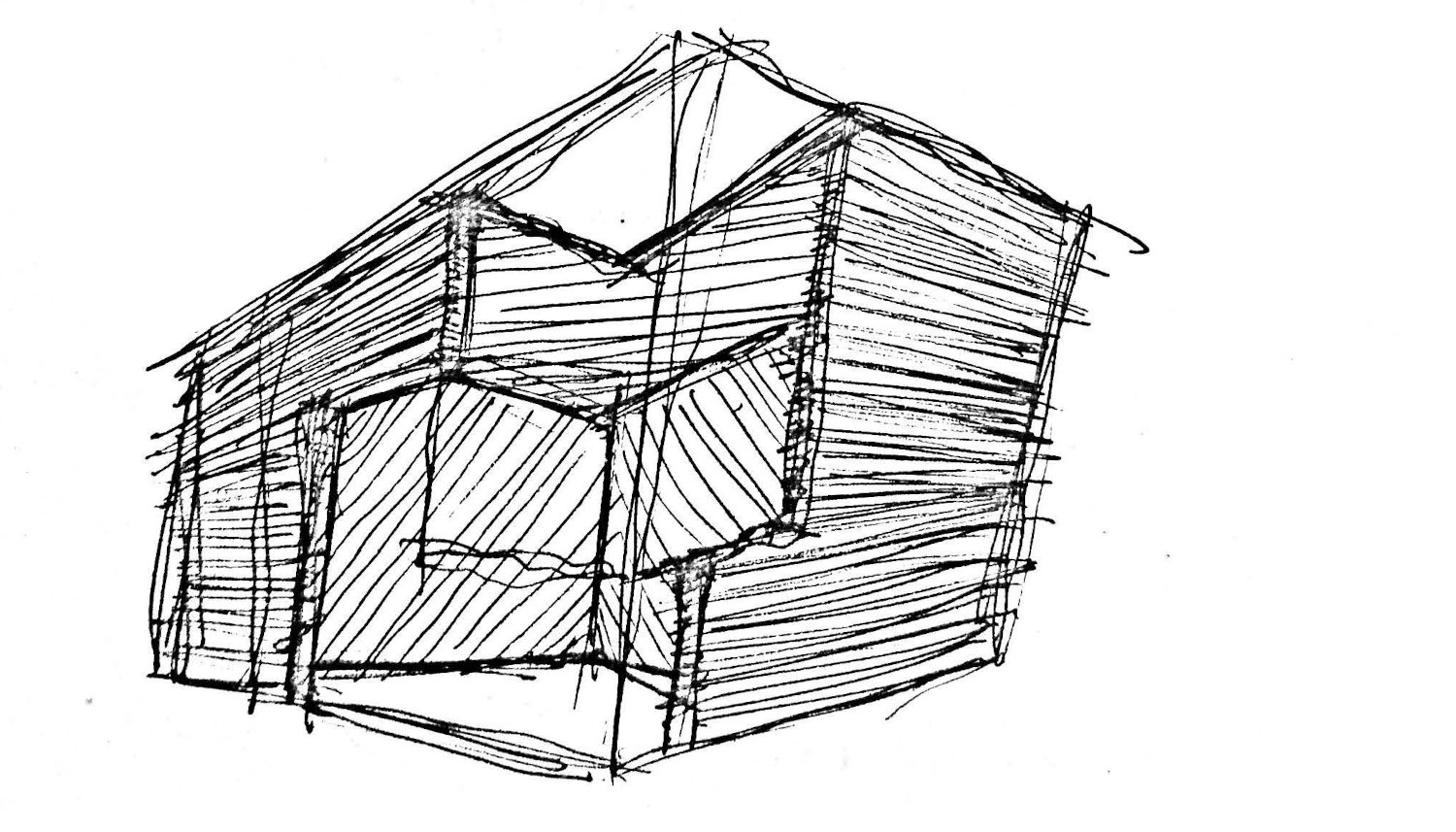 |  |
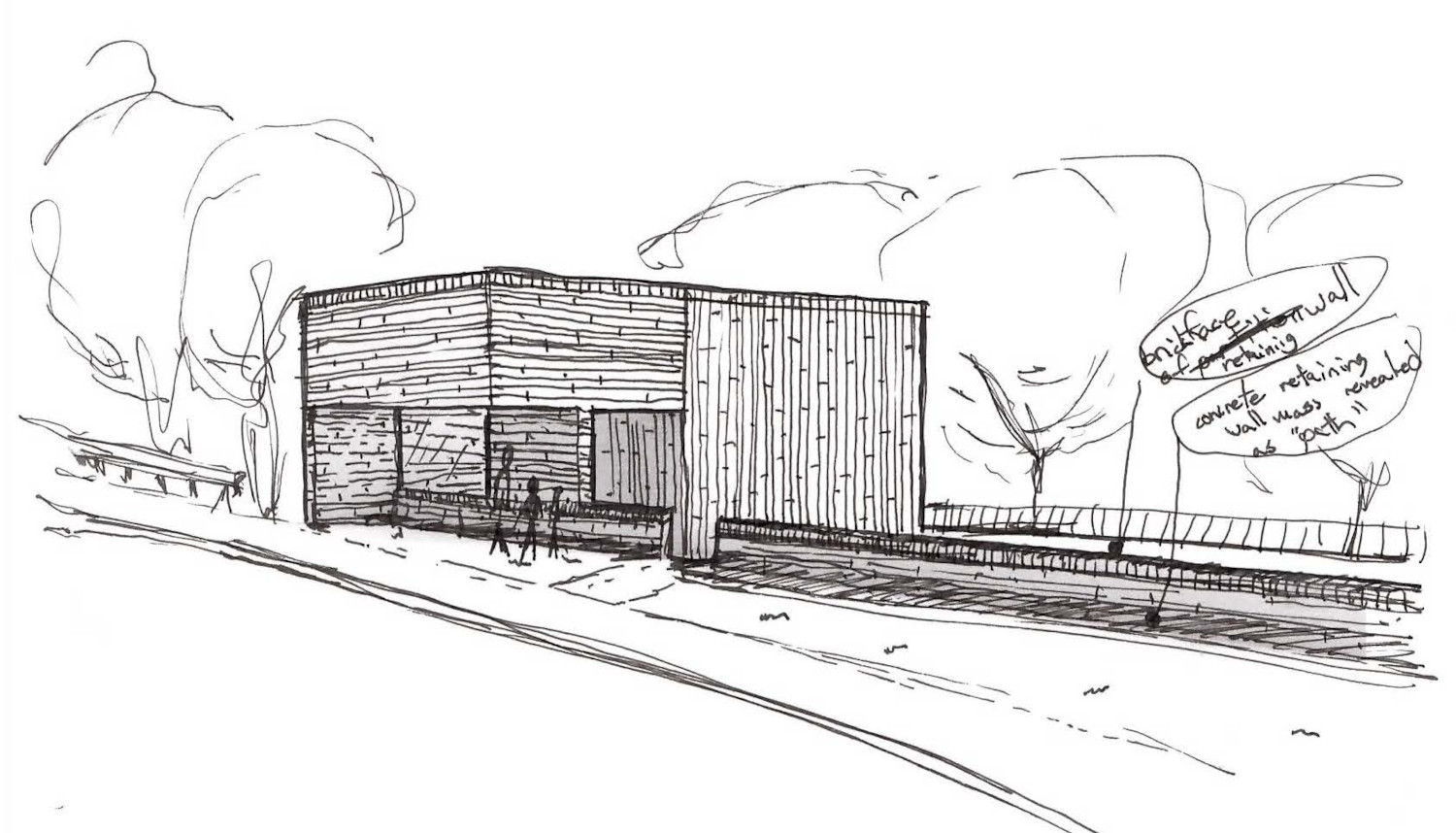 | 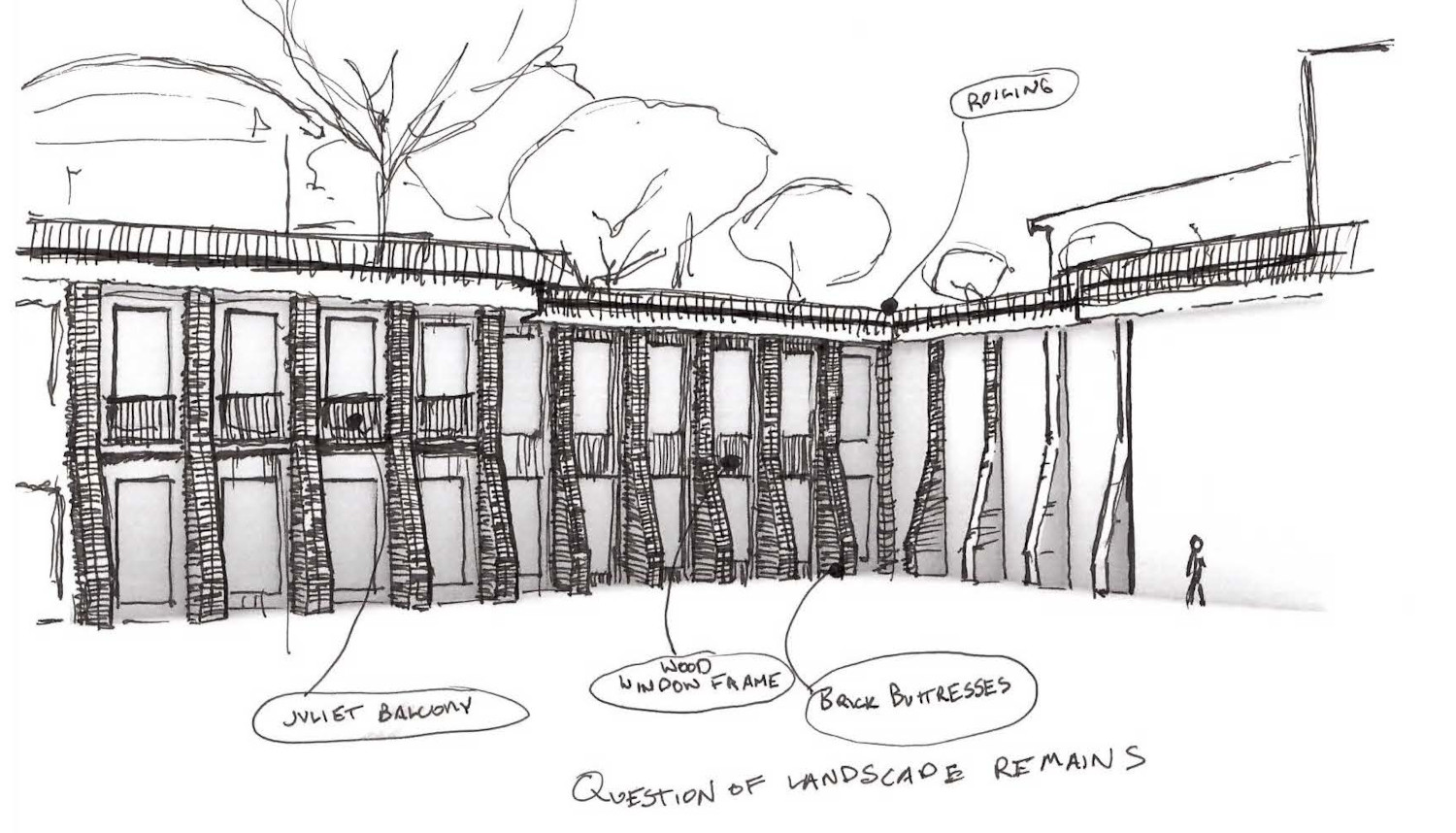 |  |
- 2025
- Primitive Slicer
- 2024
- Semantic Floor Plans
- ITECH Research Pavilion
- Wax Flamingos
- Phenomena Modeling
- 2023
- Honeycomb
- Water-QWOP
- Horse & Chariot
- Hyper-hydration
- 2022
- Sprawl & Resilience
- 2021
- Cybernetic Field
- Bubble-GAN
- 2020
- ELC: Carrick
- 15-112: placeHolder
- Collaborative Winding
- 2019
- Flood Museum
- Design Fabrication
- Spring Garden Hostel
- Modular Garden
- Bathhouse
- 2018
- Hoophouse
- Drawings